If you’ve ever looked at a prehistoric creature and thought, “I’d love to have that in my back garden,” join the club.
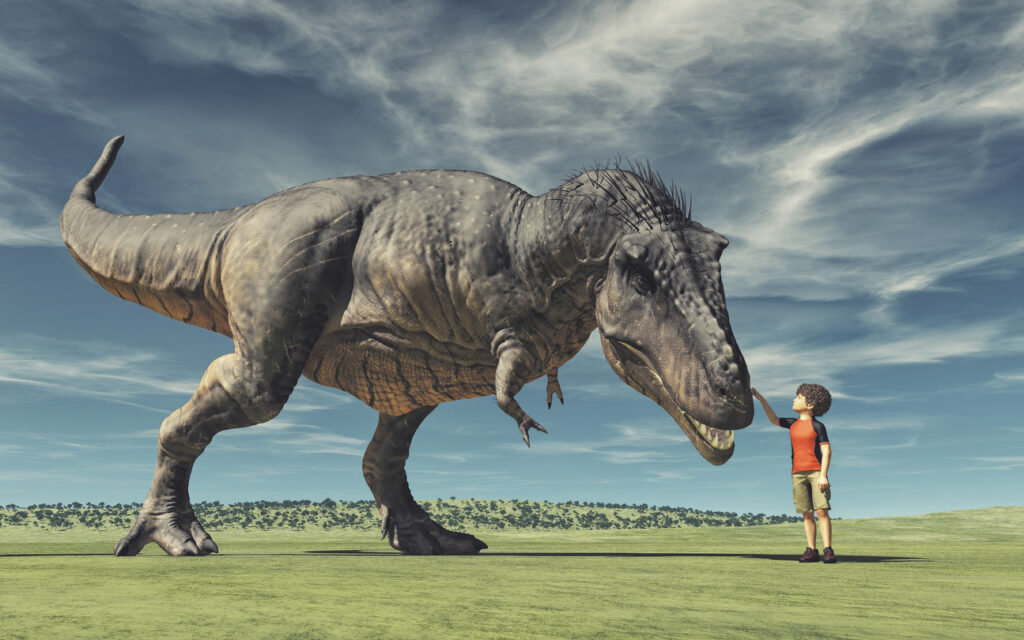
While some extinct animals were massive, terrifying, or downright untrainable, others were surprisingly charming, or at least fascinating enough to imagine them curled up next to you on the sofa.
Obviously, this is all hypothetical. Most of these creatures went extinct for a reason, and bringing them back would pose more problems than it’s worth. But just for fun—and with a dose of scientific curiosity—here are 10 extinct animals that would make seriously cool (if slightly unorthodox) pets.
1. Woolly mammoth

Imagine taking your woolly mammoth out for a stroll on a frosty morning. These shaggy giants were about the size of modern elephants but covered in thick fur and built to handle sub-zero temperatures. They had strong family bonds, used their tusks for digging through snow, and were surprisingly social.
Researchers working on de-extinction projects, like those at Harvard’s Woolly Mammoth Revival project, hope to eventually create a hybrid elephant-mammoth species. While they wouldn’t fit in a suburban garden, they’d be the ultimate companion for anyone living in a snowy wilderness.
2. Thylacine (Tasmanian tiger)
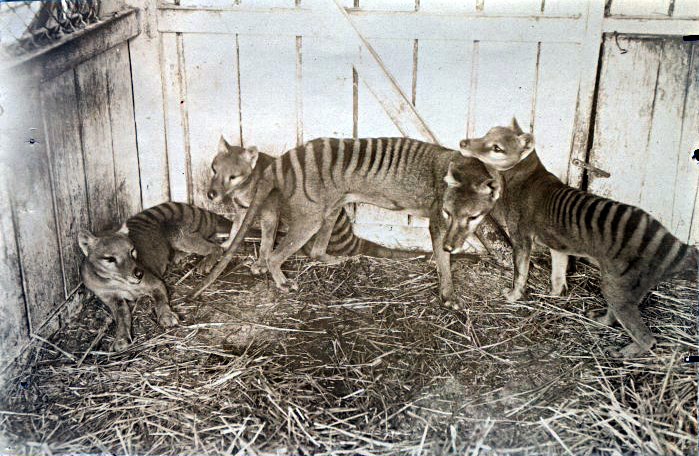
The thylacine wasn’t a tiger at all, but a carnivorous marsupial that roamed Australia and Tasmania. It looked like a dog with stripes and had a pouch like a kangaroo. Shy and solitary, the thylacine would have been more of a quiet companion than a playful one.
Cloning efforts have been discussed in recent years, with some researchers attempting to retrieve viable DNA from preserved specimens. If it ever came back, a thylacine might make a low-maintenance pet—if you’re happy with a pet that mostly minds its own business and occasionally gives you a strange sideways look.
3. Dodo
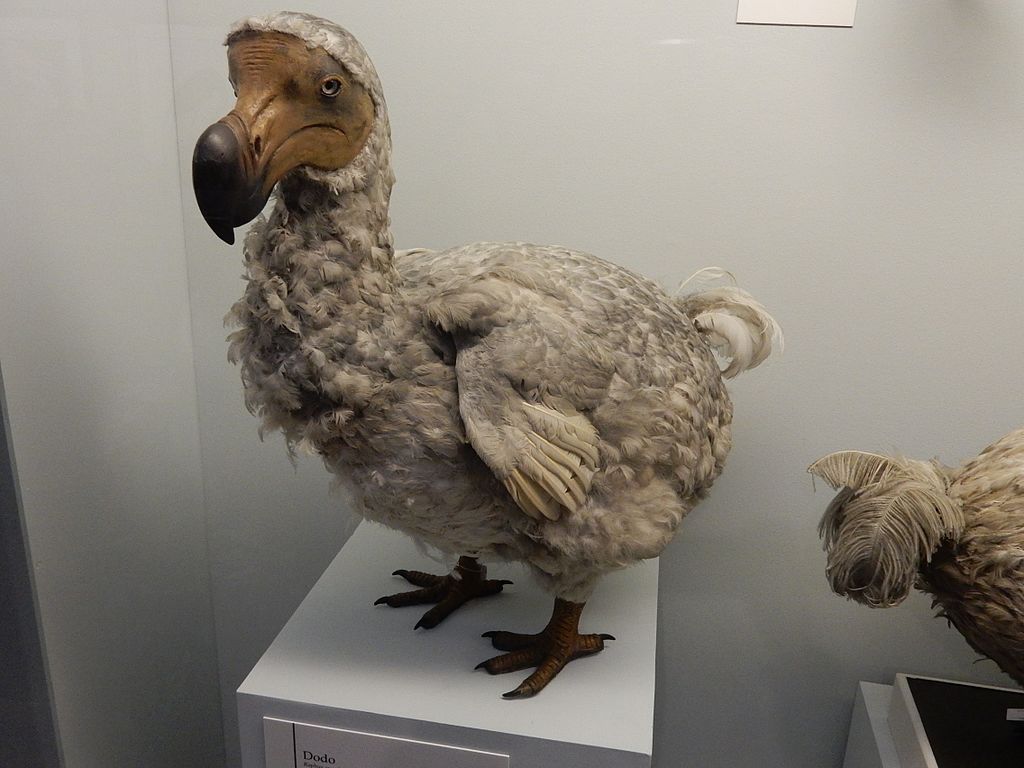
The dodo’s reputation as a clueless bird isn’t entirely fair. Native to Mauritius, the dodo was a large, flightless pigeon relative that disappeared in the 1600s after being hunted and introduced to predators by humans. While they likely weren’t the brightest, they were docile, curious, and couldn’t fly away—which makes them sound like the ideal backyard bird.
Recent efforts to understand dodo DNA using museum specimens could one day help researchers learn more about this odd bird. For now, we’re left to imagine a friendly, chunky bird waddling around the house like a feathery toddler.
4. Megalodon (with serious size limits)
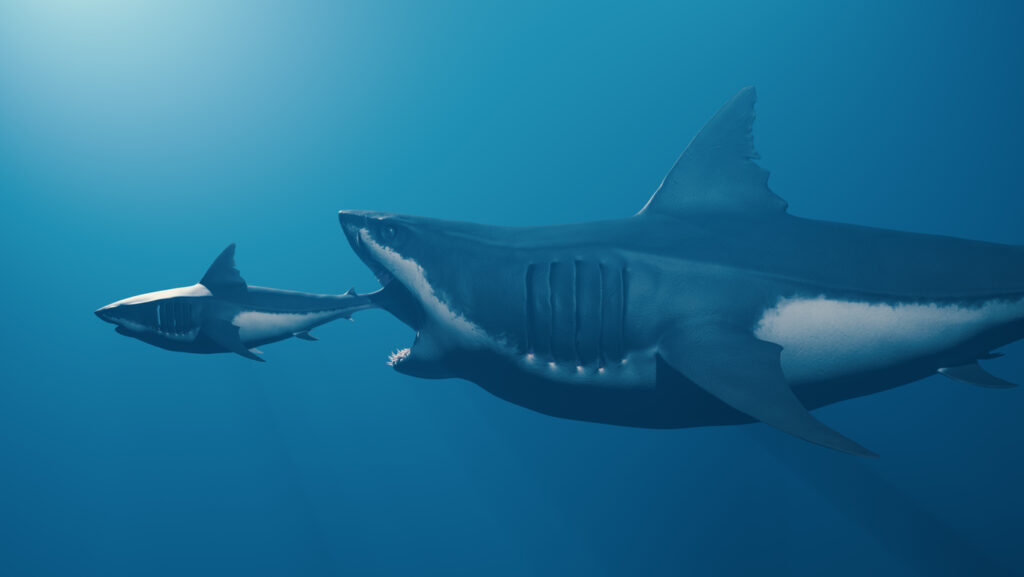
Okay, hear us out. A full-sized Megalodon—estimated to be up to 18 metres long—is obviously not a pet. But a genetically miniaturised version? That’s the dream of every shark nerd who’s watched Jaws too many times. With its massive jaws and apex predator reputation, a scaled-down Megalodon would be the world’s most metal aquarium resident.
Recent studies suggest that the Megalodon went extinct because it couldn’t compete with smaller, more adaptable sharks. So maybe there’s hope for a mini version that just wants to chill in a reinforced saltwater tank, minding its own business.
5. Quagga
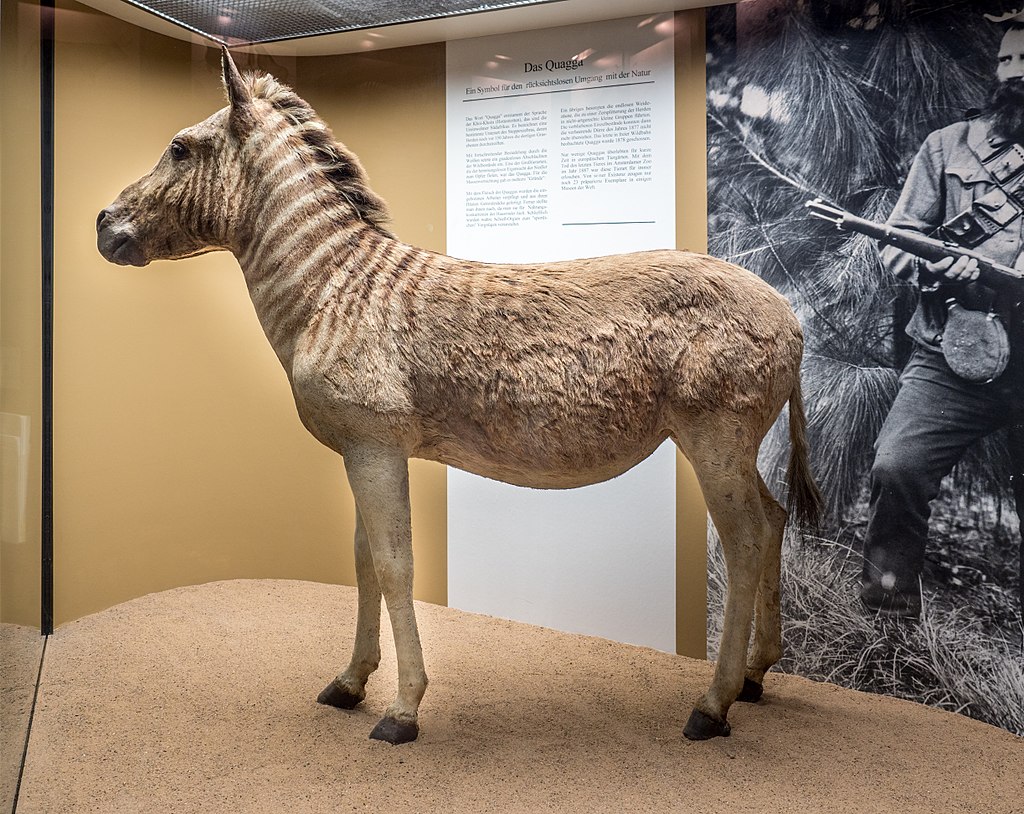
The quagga was a subspecies of zebra that looked like it couldn’t decide if it was stripy or not. With bold stripes on the front half and a brown, horse-like back end, it was a half-zebra, half-pony dream. It was also reportedly calm and easy to tame.
Selective breeding programmes in South Africa have already started producing quagga-like zebras through the Quagga Project. While not genetically identical to the original quaggas, they’re pretty close in looks—and would make a unique, low-key safari companion.
6. Giant ground sloth
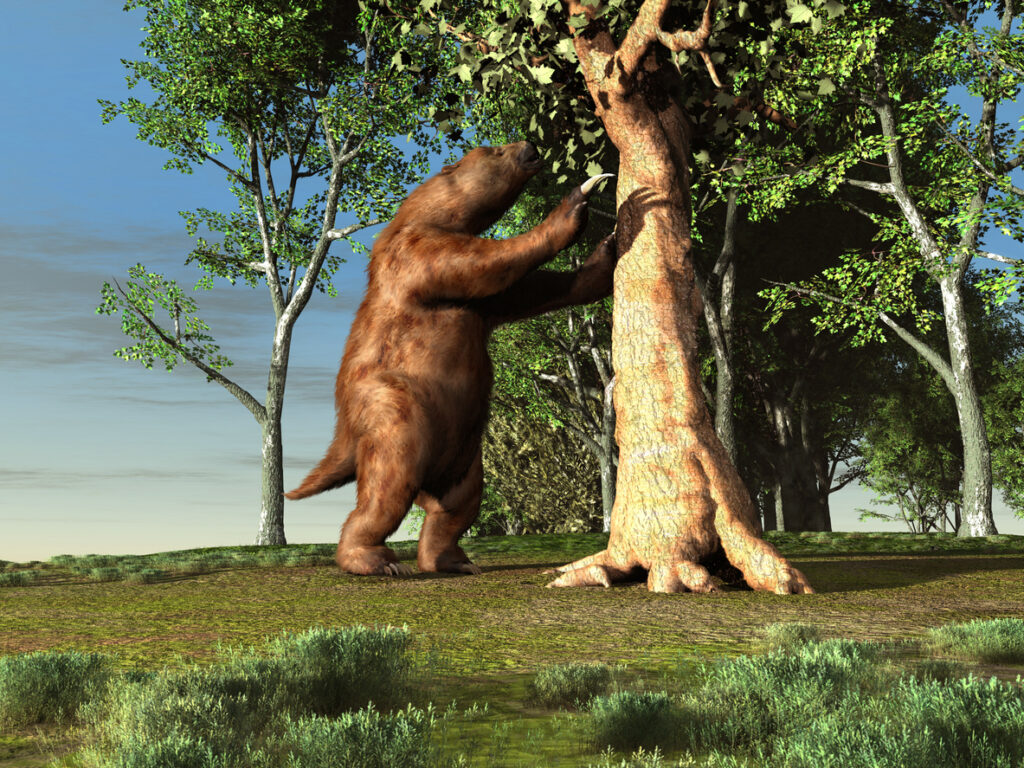
Giant ground sloths, like the Megatherium, were enormous relatives of today’s tree sloths. They stood over 4 metres tall and had massive claws for grabbing tree branches and fending off predators. But they were herbivores, slow-moving, and not known for aggression.
In a parallel universe, one of these gentle giants would lounge in your garden like a prehistoric beanbag chair. You’d just need a tonne of greenery—and a serious fence.
7. Irish elk
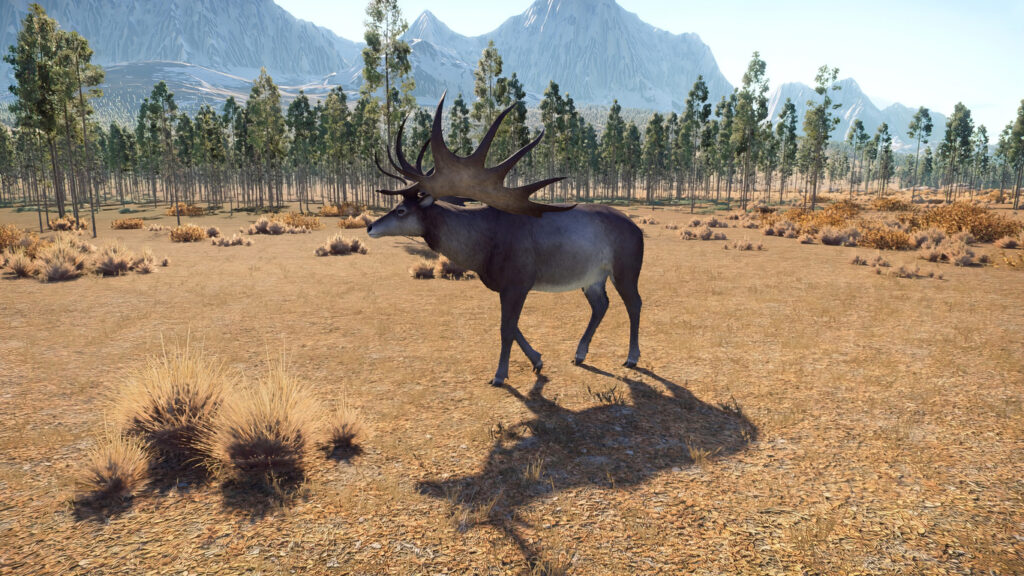
Despite the name, the Irish elk wasn’t exclusive to Ireland and wasn’t a true elk—it was more closely related to deer. But what a deer. With antlers spanning up to 3.5 metres, it was both majestic and slightly ridiculous.
As a pet, an Irish elk would be the ultimate lawn ornament-slash-forest companion. They were probably browsers rather than grazers, so you’d need to keep your shrubs and trees out of reach. But imagine watching one of these saunter through the morning mist—it’s like owning a living myth.
8. Moa
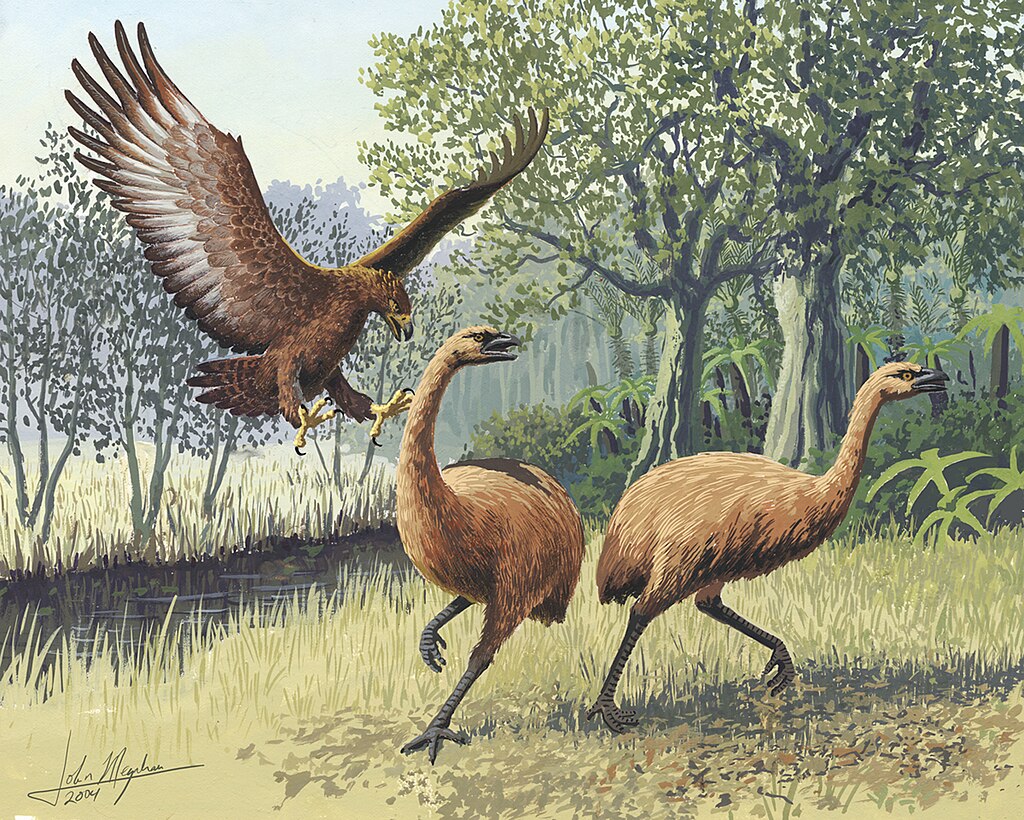
Native to New Zealand, moas were large flightless birds—some reaching over 3.5 metres tall. Unlike emus or ostriches, they had no wings at all. They were herbivores, slow-moving, and had no natural mammal predators before humans arrived.
Scientists have studied moa DNA extensively, and while there’s no serious attempt to bring them back, the idea crops up now and then. In theory, a domesticated moa could be a kind of feathery garden companion—like a Jurassic emu with fewer bad moods.
9. Glyptodon

Think armadillo, but supersized. Glyptodons were ancient relatives of the armadillo and looked like walking coffee tables with tails. Covered in armour and about the size of a small car, they were herbivores and likely fairly chilled out.
They’d need a lot of space, but you wouldn’t need to worry about burglars. A glyptodon on the front lawn would say “this house is secure” louder than any security system ever could.
10. Passenger pigeon
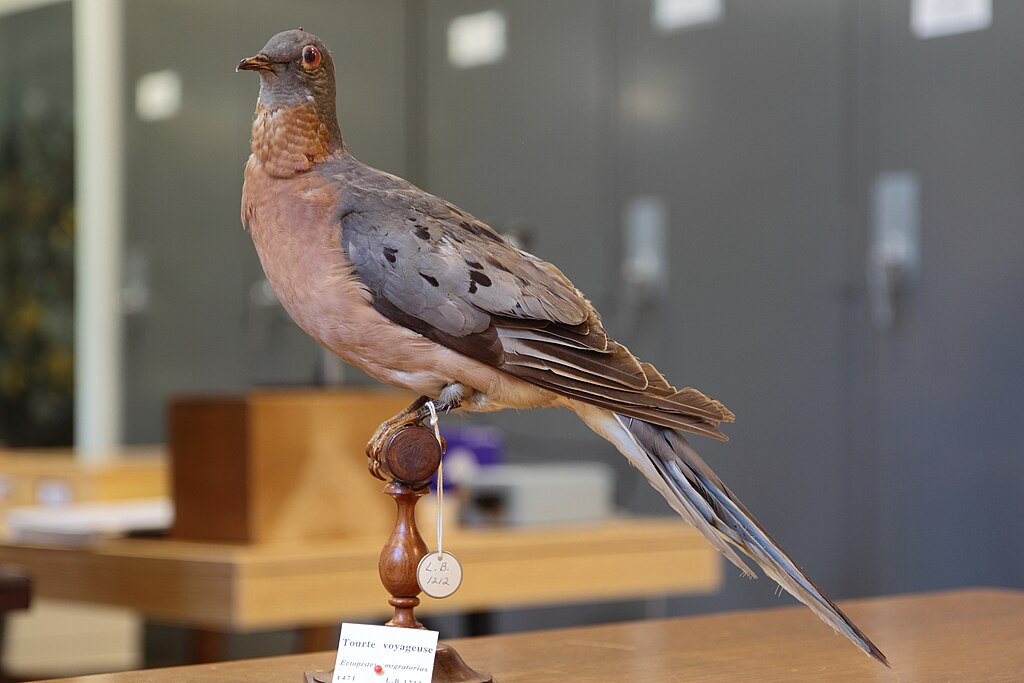
Once numbering in the billions, passenger pigeons were elegant, fast-flying birds native to North America. They were social, moved in massive flocks, and had an incredible ability to navigate.
Their extinction was entirely down to human activity, making them a popular subject for de-extinction debates. As pets, they’d be graceful aviary birds—best kept with friends, as they were never meant to be alone. And while they might not be cuddly, they’d definitely be a sight to watch in flight.